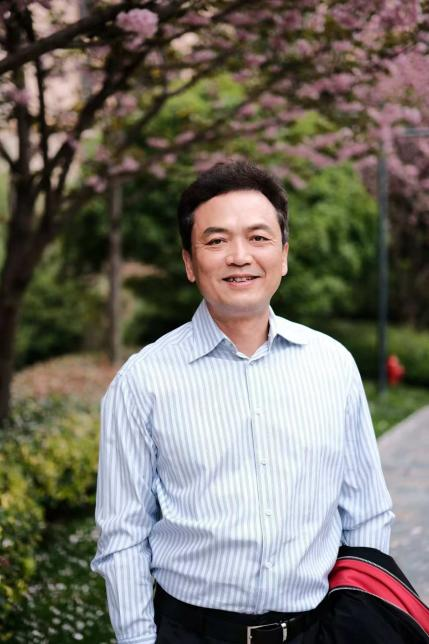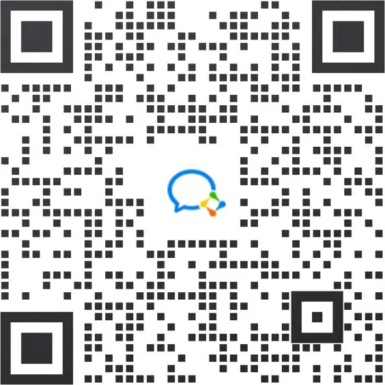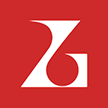ICBC Asia: Expect the Bank of Japan to end negative interest rate policy in March or April, the yen has reached a turning point.
2024-03-12 14:32
With the Japanese yen experiencing a large one-way appreciation, the opportunity for significant global currency trading and capital market volatility increases.
The Japanese economy has avoided a technical recession, and the market expects the Bank of Japan to end its negative interest rate policy in March or April, and raise interest rates for the first time since 2007. Cheng Jiawei, senior economist at Industrial and Commercial Bank of China (ICBC) Asia Financial Markets Department, believes that with the shift in the Bank of Japan's monetary policy, the yen has reached a turning point and will enter a new era. It is expected that the yen will reach 138.2 against the US dollar by the end of the year, meaning about 5.64 yen per Hong Kong dollar, representing a potential increase of 6% from the current price.
The Bank of Japan is expected to raise interest rates, and the yen rose more than 2% against the US dollar last week. Cheng Jiawei stated that Japanese inflation has remained above the Bank of Japan's target, with a forecast of a 2.4% year-on-year increase in CPI this year. This indicates that the Bank of Japan has reached an opportunity to adjust its monetary policy, and the impact of ending the negative interest rate policy on the yen is larger than that of canceling the Yield Curve Control (YCC) policy.
Cheng Jiawei believes that in order to adjust market expectations fully, there is a greater possibility of a 10 basis points increase in interest rates in April, and the Bank of Japan will cancel the Yield Curve Control policy within this year, signaling Japan's formal exit from negative interest rates and entering the normalization stage of monetary policy.
He also stated that the current market has not fully reflected the expectations of Japan raising interest rates, whether it be from Japanese government bond yields or the yen's movement. The upper limit of Japanese government bond yields is 1%, currently only about 0.7%, with a significant distance from the upper limit. Moreover, last year, when the market anticipated a change in Japan's monetary policy, the yen had a noticeable increase. However, currently, the yen is not far from its ten-year low, indicating that the Bank of Japan's management of market expectations is not yet perfect.
He pointed out that even if the Japanese government does not announce that deflation has ended, local economic data has confirmed the resurgence of inflation in Japan. However, if the government openly declares that the deflation period is over, the yen is bound to rise sharply in the short term.
Cheng Jiawei mentioned that when Japan's monetary policy enters a new cycle, the yen will experience a 180-degree turn. It is expected that before the Bank of Japan raises interest rates, the yen will fluctuate between 145 and 151 against the US dollar. With limited room for significant depreciation at the current level of the yen, for Hong Kong tourists planning to visit Japan, now may be the last chance to absorb yen at a lower rate.
Due to Japan's negative interest rate policy, the yen has always been the preferred currency for carry trades. As of the end of last year, the volume of foreign exchange trading denominated in yen accounted for about 17% of the global total, second only to the US dollar and the euro. Therefore, as long as the Bank of Japan announces an interest rate hike, the opportunity for the yen to experience a significant one-way appreciation will greatly increase, potentially causing significant fluctuations in global currency trading and capital markets.
RECOMMEND

Advanced investment education | FATCA & CRS leading global tax transparency, who is most affected?
04/08/2025

34 年股市老兵“曾阿牛”:跑赢纳指 110%仍不满足!从第一代股评家到对冲基金管理人的经历
14/06/2025

The first closed door meeting of the New Intelligence Roundtable Faction and the US Dollar Foundation was successfully held in Shanghai
01/05/2025
Customer Service

Add the WeCom

